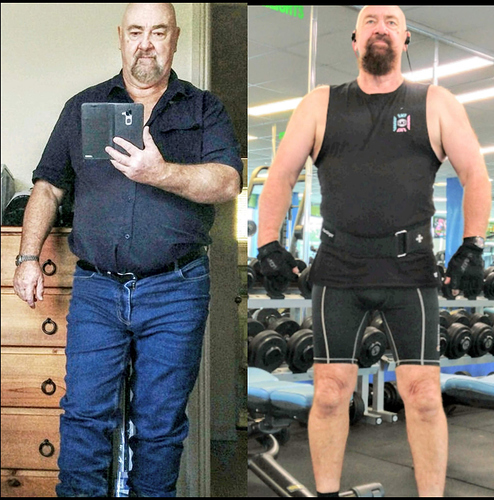Good Morning,
Some things to consider…
Any weight lifters have plan for how they will continue lifting as they get into 50’s, 60’s, or 70’s of age? I would like to recommend looking at strengthening your tendons, joints, connective tissues now before going too heavy to avoid golfer’s elbow and all that stuff. https://gmb.io/tendon-strength/
Mobility - increase your range of motion through stretches. Can you extend your arms behind your back? Just because you build up your shoulders and back doesn’t mean you shouldn’t be able to have full range of motion. Can you touch your toes?
Prehab - perform short pre-workout routines that help prevent injuries. Most of this you can find in youtube search prehab shoulders, or whatever you might be working out that day. This is increasingly important as so many of us work desk jobs where we sit in awkward bad posture positions for too many hours in one day.
Bulking up with muscle? Have a plan for that weight, if and when you decide to stop lifting. I didn’t when I was 208 pounds 10 percent body fat, I got married had kids stopped lifting heavy and it turned to fat. I stayed fat a long time 255 pounds at my heaviest before finding keto. ( Currently 185 pounds ) Thanks 2 Keto Dudes!
I’m not against lifting weights, it’s great just be mindful about how you go about it. I incorporate some weights with the body weight resistance I’m doing now, and will increase them as time goes on I’m sure.


